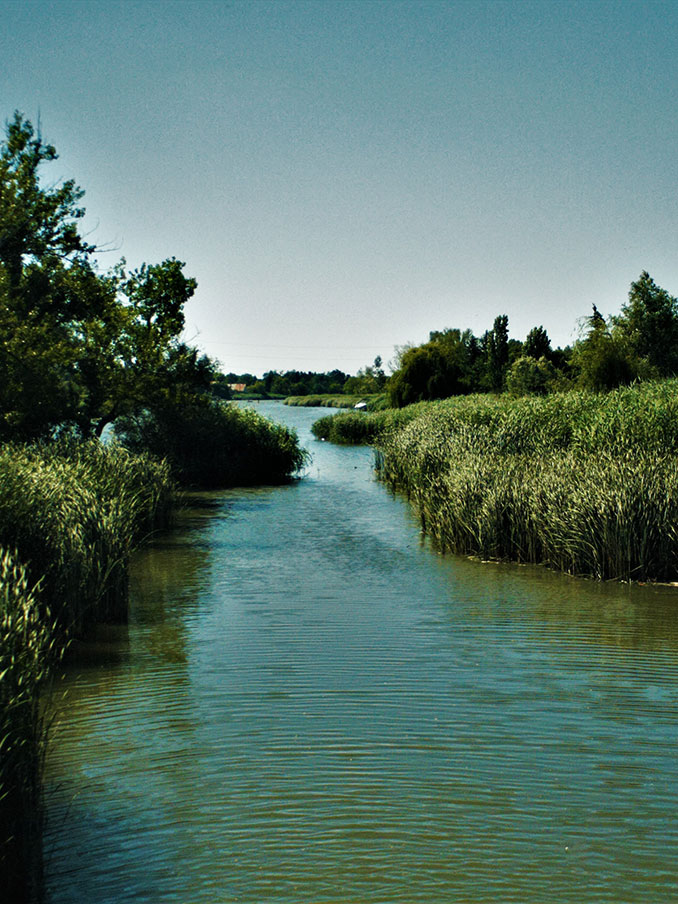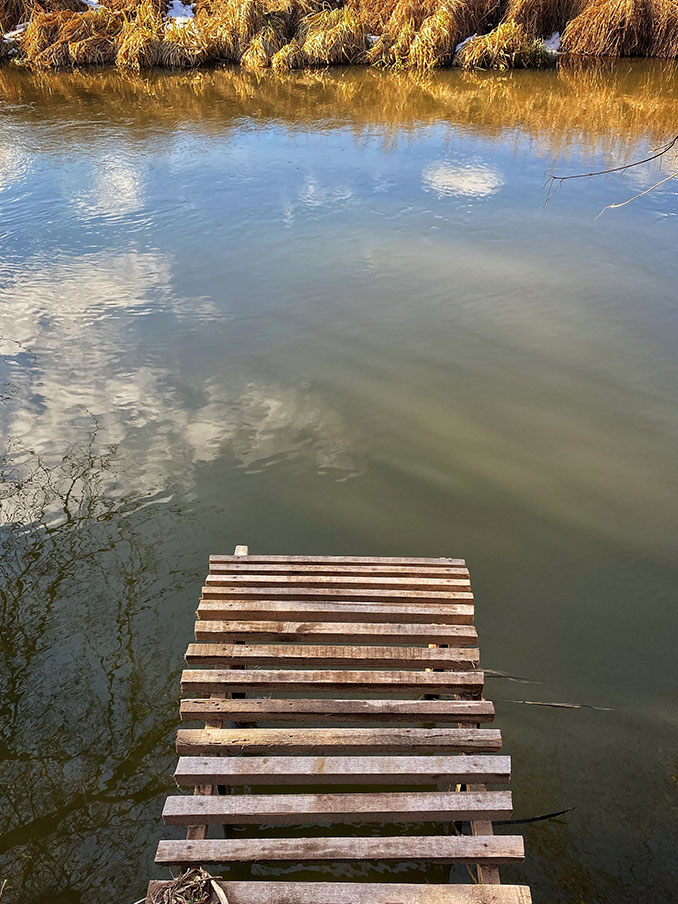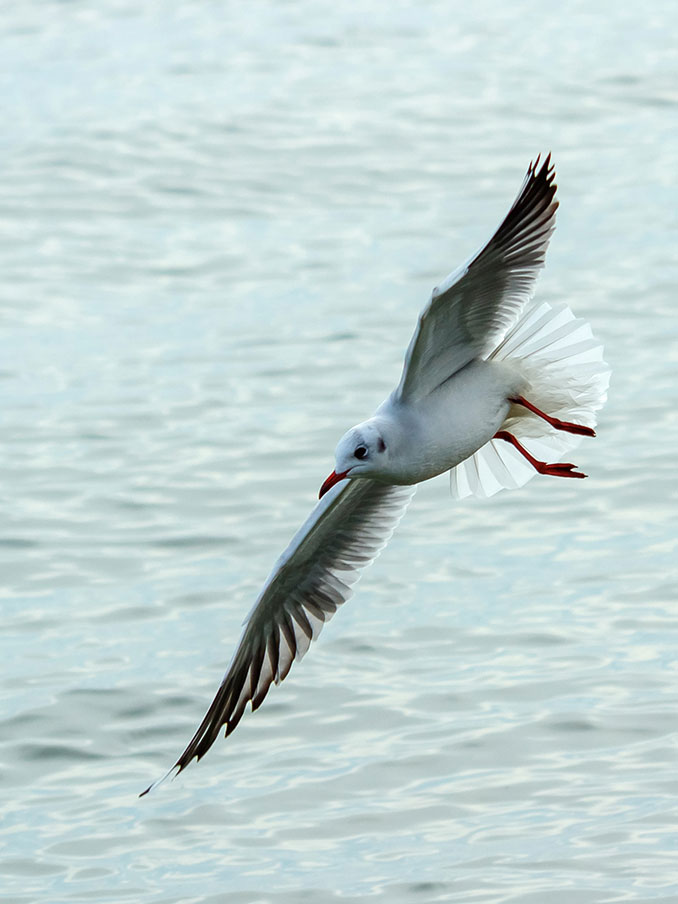About our Living Rivers program
Our Living Rivers Program aims to halt the degradation of nature and to restore natural processes in our main rivers and their floodplains. This would preserve biodiversity in nature, while enabling people to better adapt to the adverse effects of climate change and build livelihoods based on natural assets. Find out what we are doing to preserve the Danube, the Tisza and the Mura-Drava-Danube Transboundary Biosphere Reserve!




In short about living waters
Rivers and wetlands are of outstanding natural value: they are not only essential for aquatic plant and animal species, but also provide services that satisfy fundamental social needs. Rivers and their catchments are among the lifeblood of nature and humanity throughout the world. The regulation of rivers has been the greatest landscape transformation work of human history, and as a result most watercourses are now trapped in dykes, so that people can enjoy only a fraction of all the benefits that natural waters are able to provide. However, there are many opportunities for restoring rivers and their floodplains, which are urgently needed to meet the challenges of the 21st century.
Challanges and problems
Originally, natural floodplains made up around 23% of Hungary's territory, but now more than 90% of these have disappeared. Only a fraction of the former floodplains remain, their habitat diversity has been dramatically reduced and their water retention capacity is significantly lower than it used to be. Regulated, straightened, diked rivers are rapidly draining water from our country due to the lack of a vital connection with their former floodplains, contributing greatly to the aridification of the country. As a result of climate change, we can expect more and more weather extremes: longer droughts, more heat waves, devastating storms, flash floods. Our rivers and their floodplains may play an important role in protecting us effectively against all these.
What solutions are we proposing?
Floodplains need to be made suitable for water retention - we need more space for rivers than ever before. Spreading rivers over a larger area will slow down the rapid drainage of their water. We need to connect rivers with their former floodplains beyond the embankment in as many places as possible through controlled outlets. This will enrich the local wildlife, recharge groundwater and improve agricultural conditions through landscape-scale "irrigation". At present, long sections of riverbanks are protected by ripraps blocking several side arms and oxbows. These banks need to be restored to enable the river to supply its surroundings with vital water. Let's protect our remaining rivers and their environment!
The Danube
The Danube is an international river connecting different cultures and landscapes, and home to an extremely rich biodiversity. Just like the main artery of Central Europe, the Danube provides essential services for the functioning of our society, such as drinking water supply, irrigation, navigation and recreation. As a result of river regulation, a significant part of the former natural floodplain has lost its connection with the river, which today has many adverse effects. We aim to ensure that the remaining floodplains are only used for activities that are in harmony with the natural floodplain dynamics.
The Tisza
The Tisza river basin connects five countries: Hungary, Ukraine, Romania, Slovakia and Serbia. The biodiversity of the Tisza lowlands is very rich in places. There are endemic species, that is, species found only here in the world, such as the Tisza Mayfly. During river regulation in the 19th and 20th centuries, large parts of the natural floodplains were separated from the rivers and more than 90% of the natural habitats typical of floodplains were lost.
Today, the landscape is not so much suffering from floods and inland waters but from drought and aridification. We are working towards a landscape use and water management that retains rainfall, makes the water of the Tisza and its tributaries usable for the thirsty landscape, provides livelihoods for local communities and increases biodiversity.
The Mura-Drava-Duna Transboundary Biosphere Reserve
With an area of almost 1 million hectares and a length of 700 km, the Mura-Drava-Danube Biosphere Reserve is the world’s first and still the only biosphere reserve covering the territory of five countries. It is jointly managed by the authorities of the five countries. The biosphere reserve has different zones, dedicated to the conservation of natural ecosystems, the ecologically sustainable social and economic development of the region, education, research and monitoring of environmental changes.
Water retention of settlements
Small-scale natural water retention measures, which can also be applied at the municipal level, are designed to mitigate the water-related extremes - too little or too much water - in a natural and cost-effective way. They can protect against droughts, heat waves, flash floods and inland water. In addition, they can provide a wide range of co-benefits such as increasing urban green surfaces, improving water quality, erosion control, creating and preserving natural habitats, microclimate control and providing recreational opportunities. Their application also helps to mitigate climate change and adapt to its effects.
What can you do for our rivers?
People have an important role to play in protecting rivers and waterbanks, and in their own neighbourhoods everyone can do a lot for it. Lakeshores and riverbanks are becoming increasingly popular and with a little care, their condition can be maintained or improved. Learn some hints on how to do it!